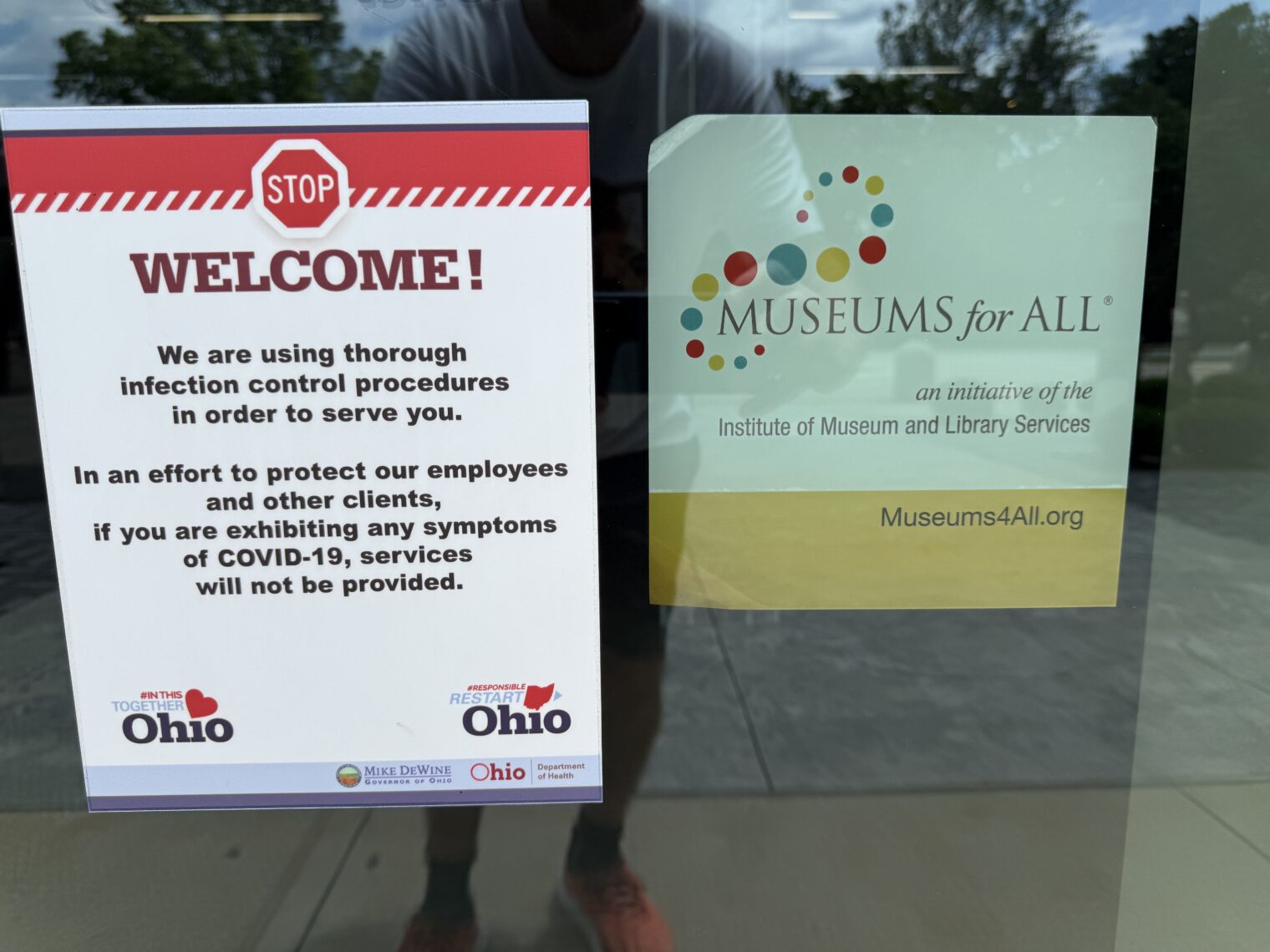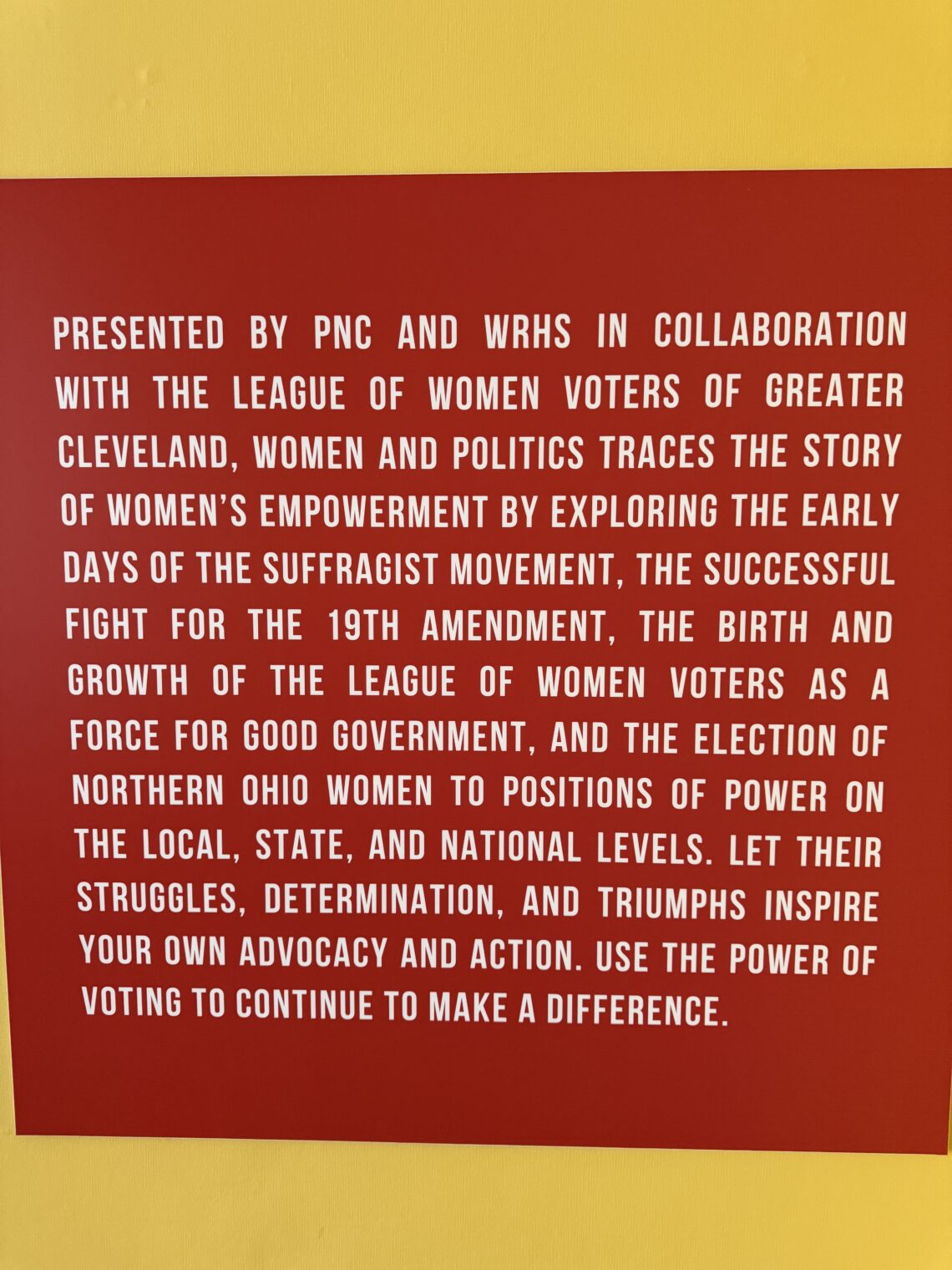Desperate enough to rent a billboard…
… but not desperate enough to spend time with someone who doesn’t share her love for Kacklin’ Kamala.
What do we see at marrylisa.com?
- 41 years old (also, “Wants marriage and kids within the next 2-3 years with the right man”?)
- Loves cats!
Her “non-negotiable items” include the following:
- Must be Democratic or liberal or left leaning politically.
Preferences for a mate:
- 35-45. Flexible within a year or two at most.
One open question is why she insists on a single gender ID (“a man”). She’s a self-described Bay Area liberal. Why the heteronormativity? Second question: How is she going to produce “kids” (plural) starting at age 44?
In the background:
- Lisa didn’t focus on dating in her 20’s and early 30’s – she prioritized finishing college, starting a career, learning new skills and working on personal development.
Let’s ignore the improper punctuation (should be “20s and early 30s”) and ask whether her life plan made sense. The New York Post article says that Lisa Catalano is “a vintage clothes retailer”. In other words, she could have the job that she has without ever having finished high school, much less having earned a college degree. So she spent the years in which she was most attractive as a mate, plus tons of tuition money and foregone income, to earn a degree that has no value to her at the moment. The result of this plan is that she’s out on Tinder at the age of a normal human grandmother.
Loosely related, “‘Men seem to make life for women worse’: single US women share the woes of dating in 2025” (Guardian):
Full post, including commentsBy 2030, 45% of prime working age women in the US, defined as women aged between 25 and 44, will be single according to Census Bureau historical data and Morgan Stanley forecasts – the largest share in history.
Kellie, 43 [i.e., grandmother age], from Georgia, joined the substantial number of respondents who felt that social media narratives had made dating toxic and pitted men against women.
“I wish I could have met my person before the stupid gender wars, social media and red pill rhetoric that has ruined people’s view of dating and marriage,” she said.
Danielle, 29, a public relations professional from Tennessee, said her future partner would need to be “kind, thoughtful, emotionally available, considerate, reliable, and responsible”, but also “college educated”.
“I’m very disheartened by the shortage of quality men,” she added. “Men my age are less educated, their social skills are abysmal, and now they’re running into the arms of Trump and ‘incel’ forums.”





























































